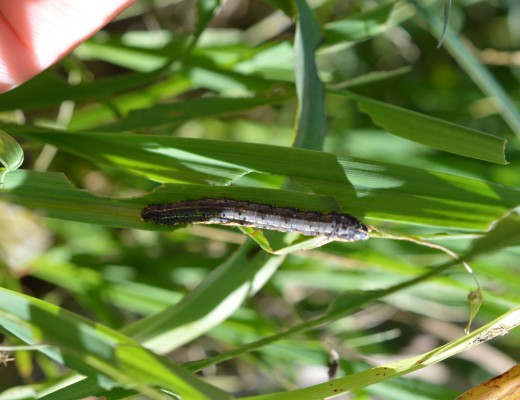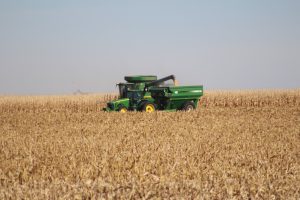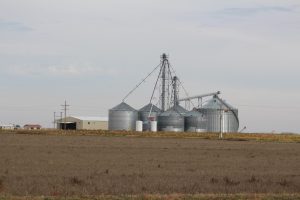K-State entomologist advises farmers to be on lookout for armyworms

By Pat Melgares, K-State Research and Extension news service
MANHATTAN, Kan. – Depending on the time of year, army cutworms and armyworms can be a nemesis to farmers.
But in late spring, they’d much rather be dealing with the army cutworm.
“In the last week or two, the army cutworm is becoming an adult moth,” said Kansas State University entomologist Jeff Whitworth. “By Memorial Day weekend, those moths get together and head to the Rocky Mountains for the summer.”
Up to this point, Whitworth says, “they’re really just more of a nuisance. The moths don’t hurt (farmer’s crops) right now. They’re a nuisance, and they’re very quick. They’ll hide in your window sill or behind doors and fly through the house.”
The army cutworm is more problematic when it lays its eggs in the fall on anything green, which is usually wheat or alfalfa that time of year. Once the eggs hatch, the larvae feeds on the plants through the winter, hoping to survive and become meddlesome adults by spring.
Armyworms, on the other hand, can’t survive through the winter, and thus will lay their eggs on just about anything green, but prefer such grasses as wheat, brome, lawns, corn, sorghum and others. That leaves those plants particularly susceptible to feeding larvae.
“I have probably received more calls or pictures of armyworms this early in the season than I have for the last 10 years combined,” Whitworth said. “They prefer grasses, and that can be a real problem right now because we’ve had problems with our pastures the last 2-3 years. They have been laying their eggs and I suspect that those eggs will be hatching in the next couple weeks.”
Whitworth said farmers should be scouting their fields for young larvae in wheat, early planted corn, sorghum or any other crop they may have in the field right now. If they suspect an infestation, he suggests contacting the local extension agent to help in identification and treatment.
Alfalfa weevils
Whitworth is also keeping watch for weevils showing up in farmer’s alfalfa fields.
“They are the number one pest in alfalfa year after year,” Whitworth said of the approximately quarter-inch-long adult beetle. “Generally speaking, you have to spray for them every year, otherwise you’re donating a portion of your first cutting to the alfalfa weevils.”
He said many growers may have sprayed “once or twice already.”
“The questions I’m getting,” he said, “is should I spray a third time? Generally the treatment threshold for alfalfa weevils is 30-50%, and what that means is that if you have one of every two or three stems infested, you probably should treat again.”
Whitworth said reports of alfalfa weevils hatching in Kansas fields were coming in by early April. “I recommend that if you are within 7-10 days of swathing or cutting the field, don’t spray it. If we get temperatures up around 85 to 90 degrees Fahrenheit, the adults should take off and not come back until fall, and even if they’re there, they won’t be doing much damage.”
In addition to local extension agents, farmers can contact Whitworth by phone (785-565-2371) or email (jwhitwor@ksu.edu) with questions regarding crop pests.









